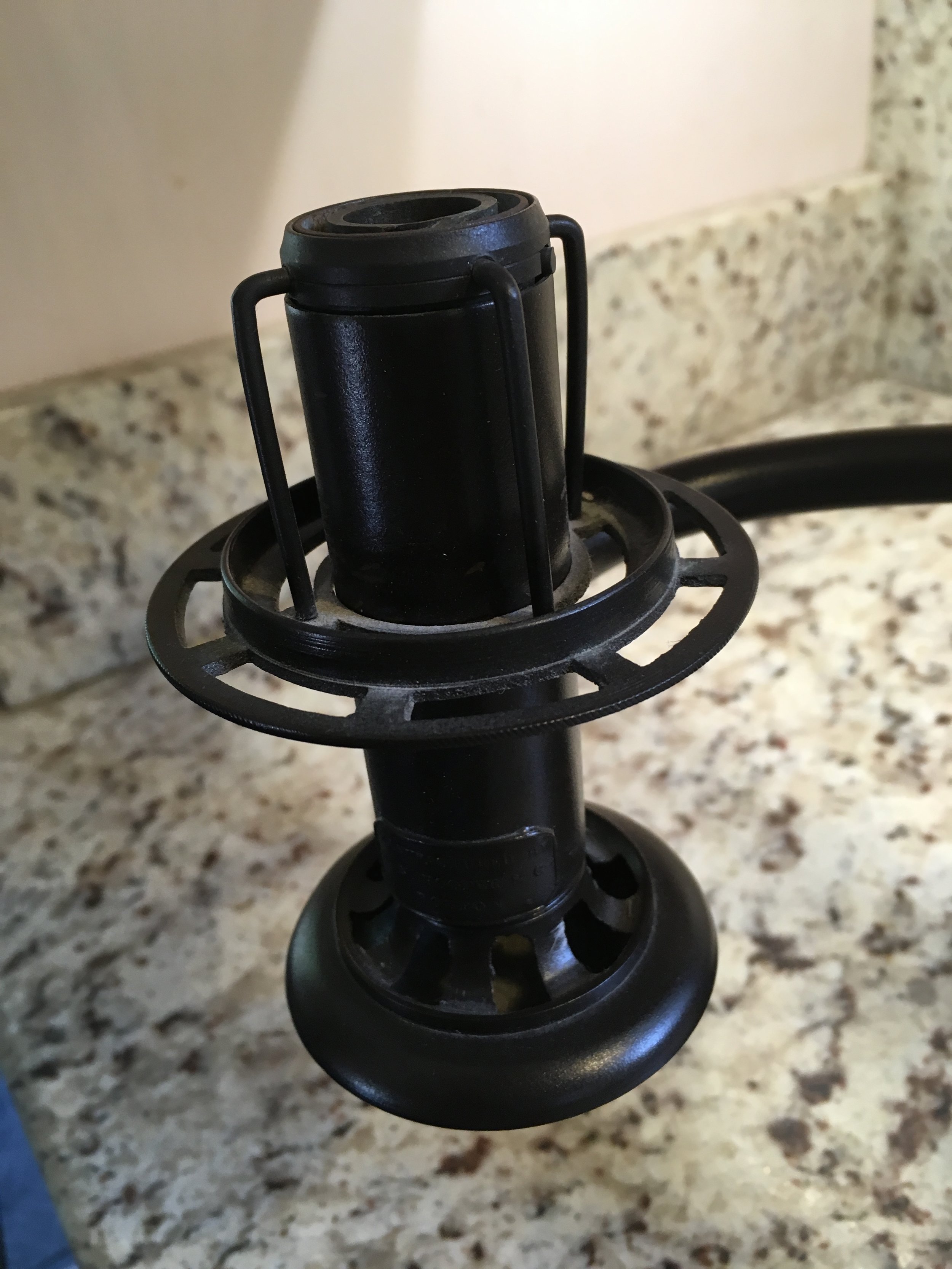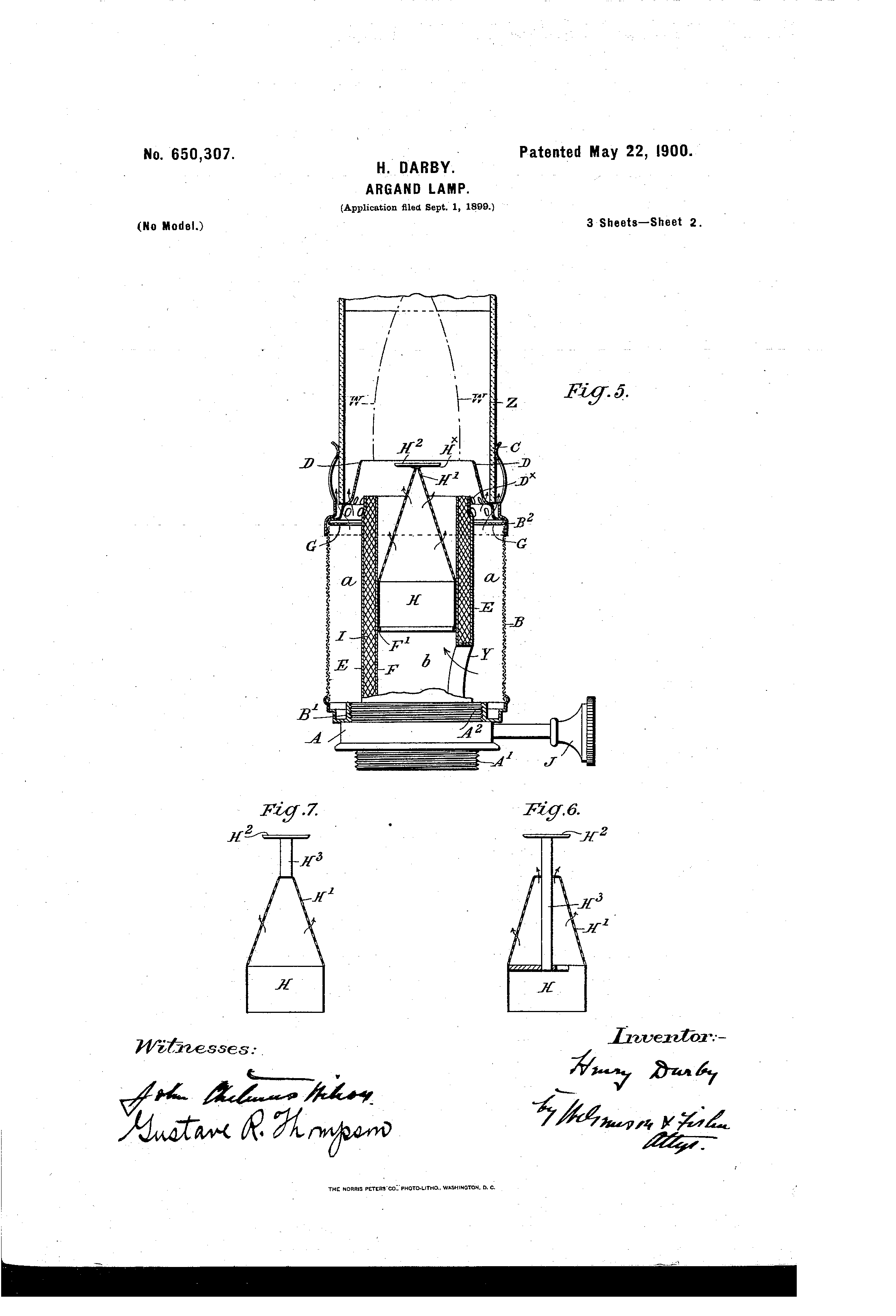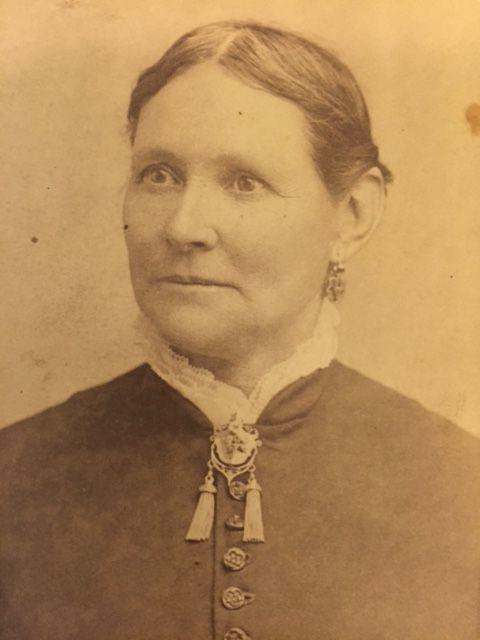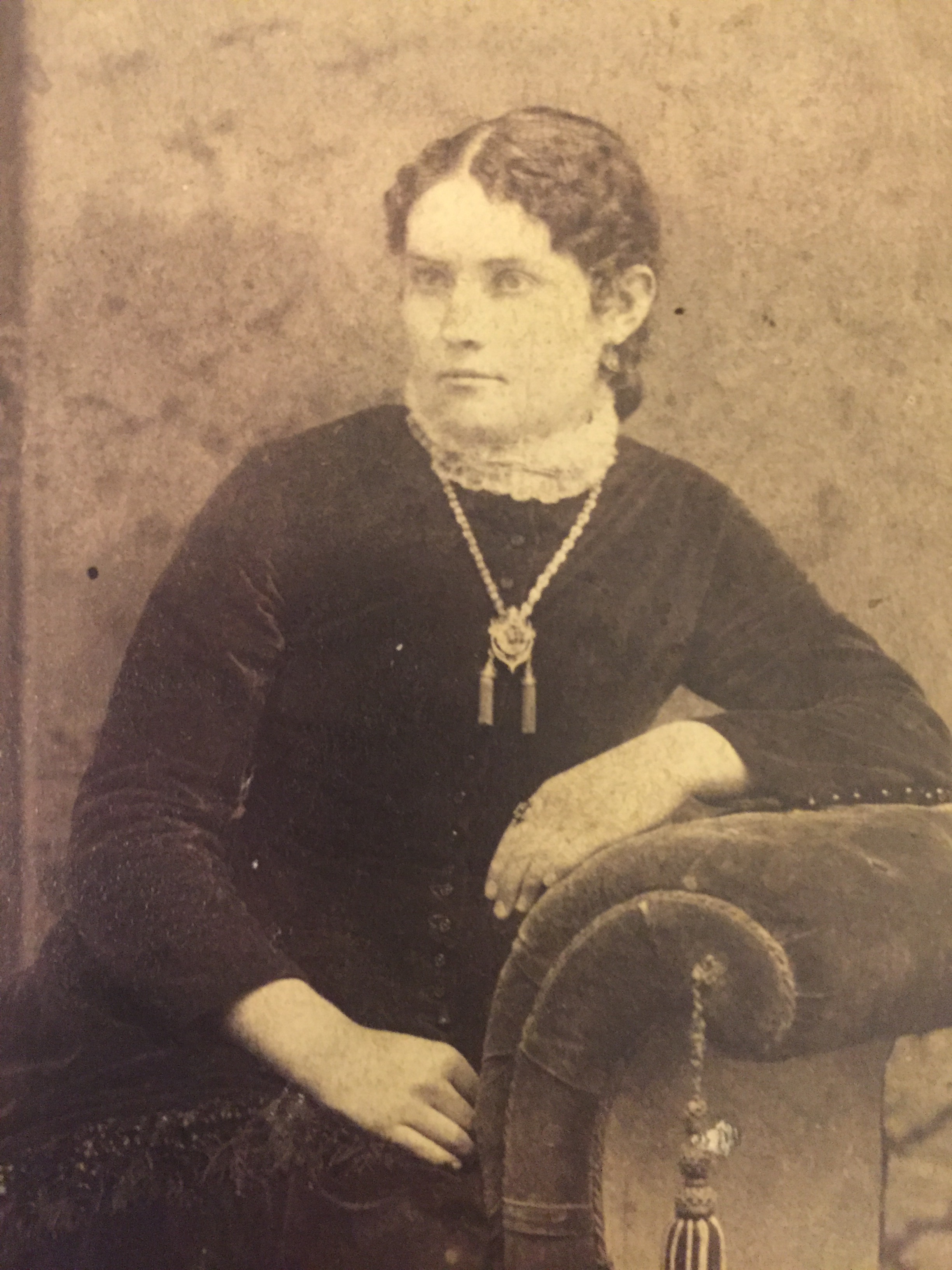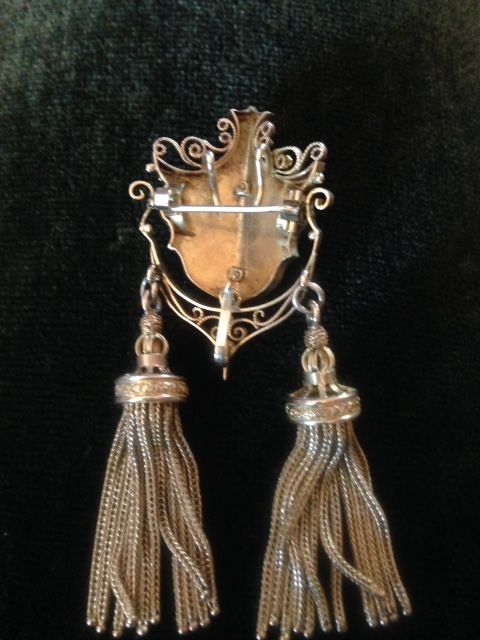I inherited a small collection of ivory figurines that were purchased in China in 1947-8. My understanding is that these items cannot be sold, but do you know where in the San Francisco bay area we might be able to donate?
These Seven Lucky Gods were purchased 70 years ago. Is it legal to have them?
Laws regulating the sale of ivory have evolved over the past few decades. In July 2016, President Obama signed a Federal law banning the sale of African ivory. This ban served to both protect elephants and to eliminate the huge underground market for poachers.
California laws are even stricter. California Fish and Game Code section 2022 outlines the ban and exceptions. The bill signed into law by Governor Jerry Brown took effect in July 2016. It details that rhino horns, teeth and tusks of elephants, hippos, mammoth, mastodon, walrus, warthog, whale and narwhal may no longer be purchased, sold, or possessed with the intent to sell. The expansive list of animals involved in the prohibition prevents traffickers from deceitfully advertising prohibited elephant ivory as coming from another species.
Owning your ivory figures if perfectly legal, as is giving them as a gift.
For clarification, I spoke with Lt. Chris Stoots of the California Department of Fish and Wildlife. Lt. Stoots confirmed that nothing in the law prohibits the possession or transport of ivory as long as there is no monetary exchange or commercial transaction.
The law has exceptions: ivory or rhino horn that is part of a “bona fide antique” with historical documentation and where the ivory comprises less than 5% of the volume of the piece is allowed. (For example, your 100-year-old silver tea set with ivory insulators can be sold.) Also allowed is the ivory or horn as part of a musical instrument (fiddle bow, piano keys) provided the ivory is less than 20% of the volume of the piece and the piece can be documented as having been made prior to 1975.
For the text of the law go to California Fish and Game Code section 2022 (a).
So what do you do with your ivory? You can surrender it to Fish and Game where they may use it for educational and training purposes. They also may use it in their forensic lab to establish a database of ivory types. (Ivory, like gemstones, has distinctive patterns of lines. By measuring the angles of these lines researchers can differentiate between elephant, mammoth or bone.)
You can give it as a gift. You can donate it for educational purposes (you cannot take a tax deduction for the donation – remember if ivory cannot be sold it has no monetary value).
Your figures comprise a full set of Seven Lucky Gods. These Japanese deities are derived from figures in different cultures and religions – Buddhism, Taoism and Shintoism –but as a group they bestow prosperity, luck, longevity, contentment and safety.
From left to right they are Jurojin, Daikoku, Fukorokujo, Hotei, Benten, Ebisu and Bishamon. In my next column I’ll explain who is who, their attributes and their apotropaic functions.















